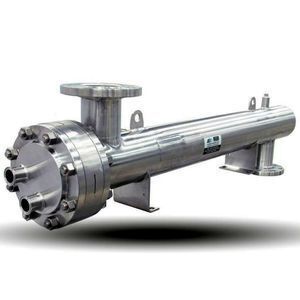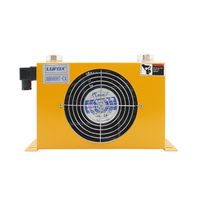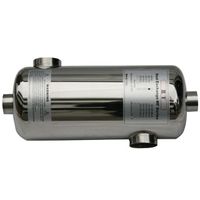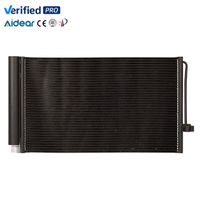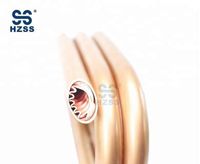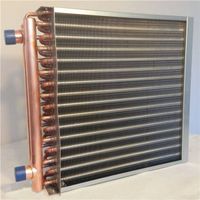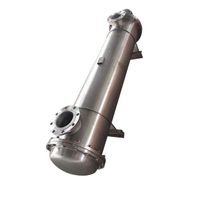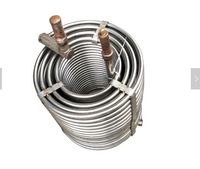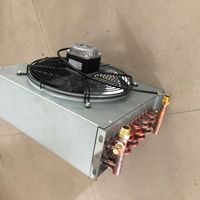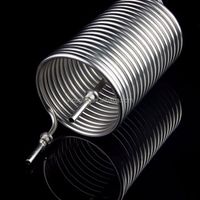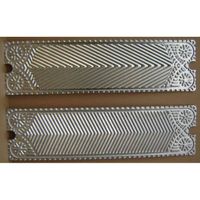Cool shell and tube water cooled condenser tubular heat exchanger list
-
Supplier: Shandong Xinren Environmental Protection Technology Co., Ltd. -
Region: Shandong, China -
Contact: Mr Peter Parker -
Price: $350.00 /piece -
Min. Order: 1 piece
| Liquid Flow Rate: | 2.5m/s; | Brand Name: | XINREN; |
| Place of Origin: | China; | Structure: | Plate Heat Exchanger; |
| Applicable Industries: | Hotels,Machinery Repair Shops,Manufacturing Plant,Food & Beverage Factory,Farms,Construction works ,Energy & Mining; | After-sales Service Provided: | Free spare parts,Video technical support,Online support; |
| Maximum Working Pressure: | 1.6MPa; | Product Name: | Cool shell and tube water cooled condenser tubular heat exchanger list; |
| Condition: | New; | Port: | Qingdao; |
| Payment Terms: | T/T; | Warranty: | 1 YEAR; |
| Supply Ability: | 1000 Piece/Pieces per Month; | Packaging Detail: | wooden case; |
| Certification: | CCC,CE,CSA; |
Product name:
High quality Xinren Shell Tube exchanger

Shell-and-tube heat exchangers are also known as tube-and-tube heat exchangers. The partition wall heat exchanger is a heat transfer surface which is closed on the wall surface of the tube bundle in the casing. The heat exchanger has a simple structure and reliable operation, can be manufactured by various structural materials (mainly metal materials), can be used under high temperature and high pressure, and is the most widely used type at present.OEM replacement plate and frame heat exchanger for heating systemCool shell and tube water cooled condenser tubular heat exchanger list

The shell-and-tube heat exchanger is composed of a casing, a heat transfer tube bundle, a tube sheet, a baffle (baffle), and a pipe box. The housing is mostly cylindrical, and a tube bundle is installed inside, and both ends of the tube bundle are fixed on the tube sheet. The two types of hot and cold fluids that perform heat exchange, one flowing in the tube, called the tube-flow fluid, and the other flowing outside the tube, called the shell-side fluid. In order to increase the heat transfer coefficient of the fluid outside the tube, a number of baffles are usually installed in the housing. The baffle increases the speed of the shell-side fluid, forcing the fluid to pass laterally through the tube bundle multiple times over a specified path, enhancing fluid turbulence. The heat exchange tubes can be arranged on the tube sheets in an equilateral triangle or square. The equilateral triangles are arranged in a compact manner, the fluid outside the tube is highly turbulent, and the heat transfer coefficient is large; the square arrangement is convenient for cleaning outside the tube, and is suitable for fluids that are easy to scale.

Each time the fluid passes through the tube bundle, it is called a tube process; each time it passes through the shell, it is called a shell side. The illustration is the simplest single-shell single-tube heat exchanger, referred to as the 1-1 heat exchanger. In order to increase the fluid velocity in the pipe, spacers may be provided in the pipe boxes at both ends, and all the pipes are divided into several groups. This way the fluid passes through only a portion of the tube at a time and thus travels back and forth a plurality of times in the tube bundle, which is called multi-tube. Similarly, in order to increase the flow rate outside the tube, a longitudinal baffle can also be installed in the housing to force the fluid to pass through the housing space multiple times, which is called a multi-shell process. Multi-tube and multi-shell can be used together.
Cool shell and tube water cooled condenser tubular heat exchanger list
The shell-and-tube heat exchanger has different temperatures due to the temperature of the fluid inside and outside the tube, so the temperature of the shell and tube bundle of the heat exchanger is also different. If the two temperatures differ greatly, a large thermal stress will be generated in the heat exchanger, causing the tube to bend, break, or pull off the tubesheet. Therefore, when the temperature difference between the tube bundle and the casing exceeds 50 °C, appropriate compensation measures should be taken to eliminate or reduce the thermal stress. According to the compensation measures adopted, shell-and-tube heat exchangers can be divided into the following main types:
1 The tube plate at both ends of the fixed tube-plate heat exchanger tube bundle is integrated with the shell, and the structure is simple, but it is only suitable for the heat exchange operation when the temperature difference between the hot and cold fluids is not large, and the shell side does not need mechanical cleaning. When the temperature difference is slightly larger and the shell side pressure is not too high, an elastic compensation ring can be mounted on the housing to reduce thermal stress.
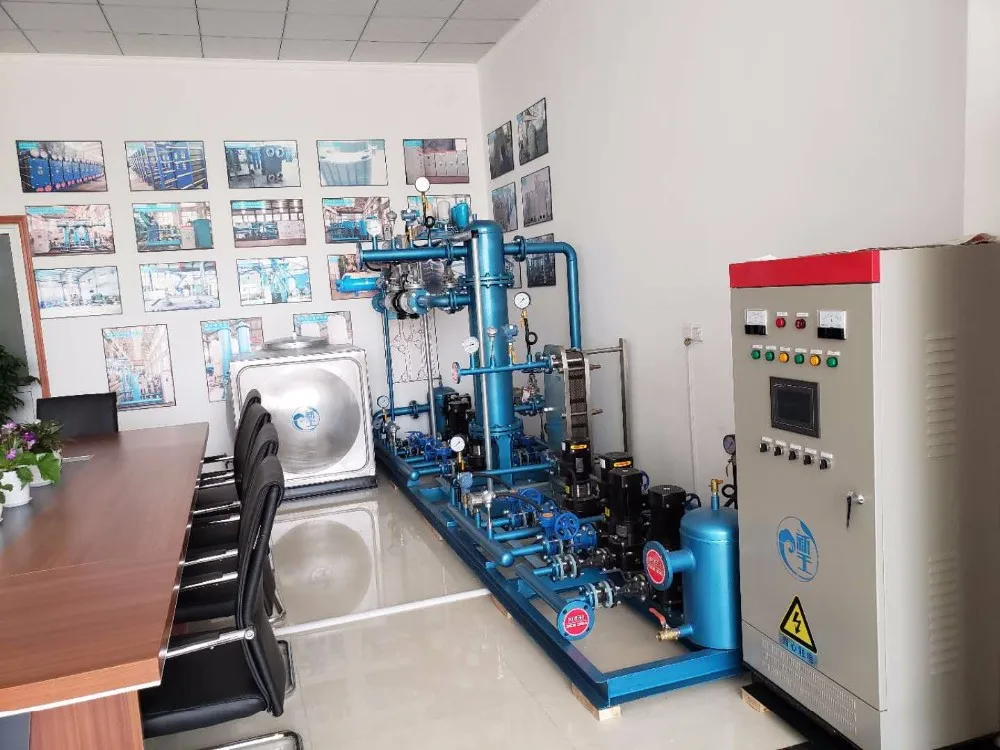
Shell-and-tube heat exchanger structure and manufacturing standards
In general, the shell-and-tube heat exchanger is easy to manufacture, has low production cost, wide selection of materials, convenient cleaning, strong adaptability, large processing capacity, reliable operation, and can adapt to high temperature and high pressure. Although it is not comparable to plate and plate-fin heat exchangers in terms of compactness, light heat transfer and unit metal consumption, it has some of the aforementioned advantages and is therefore used in chemical, petroleum and other industries. Still in a dominant position.
Cool shell and tube water cooled condenser tubular heat exchanger list
The shell-and-tube heat exchanger connects the tube to the tube sheet and is then fixed by the housing. Its types are roughly divided into fixed tube plate type, kettle type floating head type, U type tube type, sliding tube plate type, stuffing box type and casing type, etc., which we briefly introduced. According to the type of medium, pressure, temperature, dirt and other conditions, the various structural types of the connection between the tube sheet and the shell, the shape and heat transfer conditions of the heat transfer tube, the cost, the convenience of maintenance and inspection, etc. Shell and tube heat exchangers.
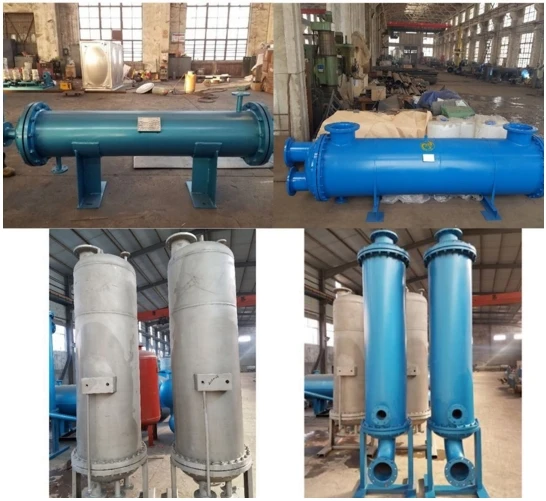
Shell-and-tube heat exchanger structure and manufacturing standards
Cool shell and tube water cooled condenser tubular heat exchanger list
Shell-and-tube heat exchanger: is a partition wall heat exchanger which is closed on the wall surface of the tube bundle in the shell as a heat transfer surface. The heat exchanger has a simple structure and reliable operation, and can be made of various structural materials (mainly metal materials). ) Manufactured, can be used under high temperature and high pressure, is the most widely used type. (Design and manufacturing follow standards: foreign TEMA ASME domestic GB151, GB150)
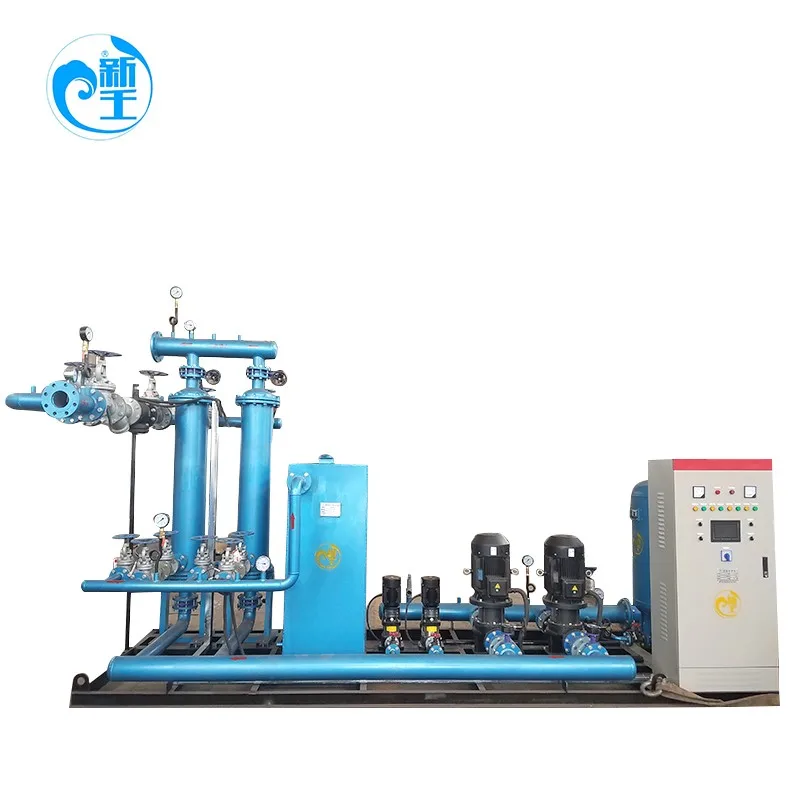

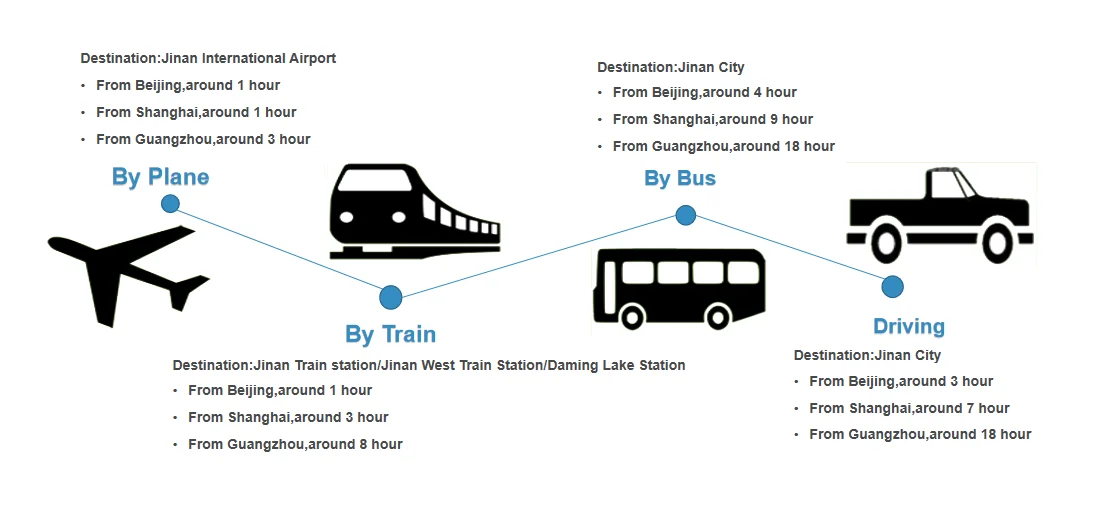
Packing is one of the most important pre sale precaution to guarantee the customers when receive the good intact,
Cool shell and tube water cooled condenser tubular heat exchanger list
Xinren carrys out a clear method to dismiss customer concerns about maritime transport
HVAC OEM replacement plate and frame heat exchanger for heating system
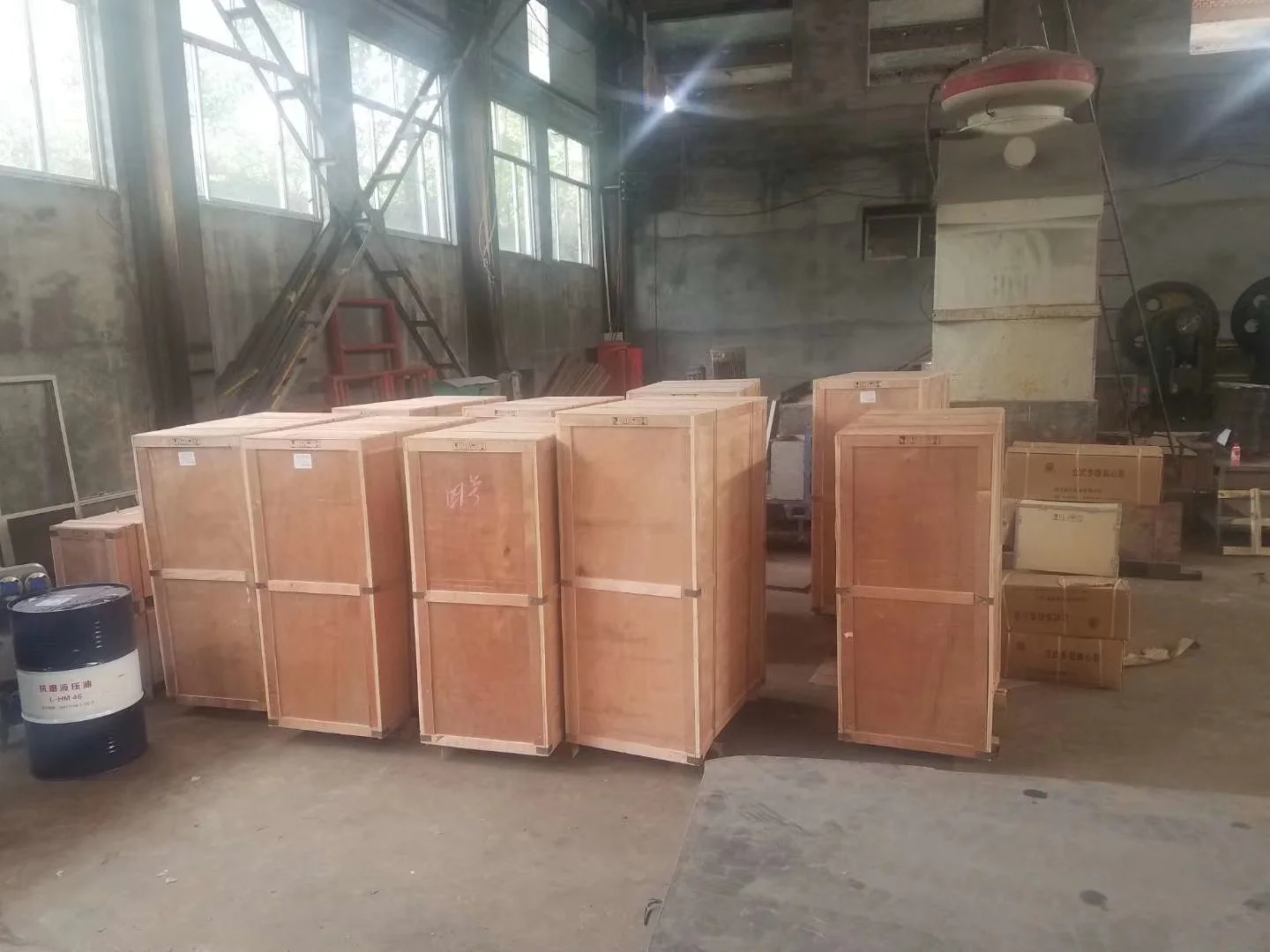
| Product | Packing Method | Container Loads |
| Plate Exchanger | Plywood case for each set / pcs | 20/40 GP & HQ, FCL & LCL |
| Tube Exchanger | Plywood case for each set / pcs | 20/40 GP & HQ, FCL & LCL |


Since 1997, Xinren has begun deep developing heat exchanger area for more than 20 years!
Cool shell and tubCool shell and tube water cooled condenser tubular heat exchanger liste water cooled condenser tubular heat exchanger list
This is the FACTORY OF XINREN located in Jinan, over 53819.55ft²
HVAC OEM replacement plate and frame heat exchanger for heating system

Xinren devoted huge mount of found to equip most advanced production lane to ensure we can meet customers` request:
No matter
QUANTITY
or
QUALITY!HVAC OEM replacement plate and frame heat exchanger for heating system
XINREN!Cool shell and tube water cooled condenser tubular heat exchanger list
QUANTITY & QUALITY PRODUCER OF HEAT EXCHANGER!
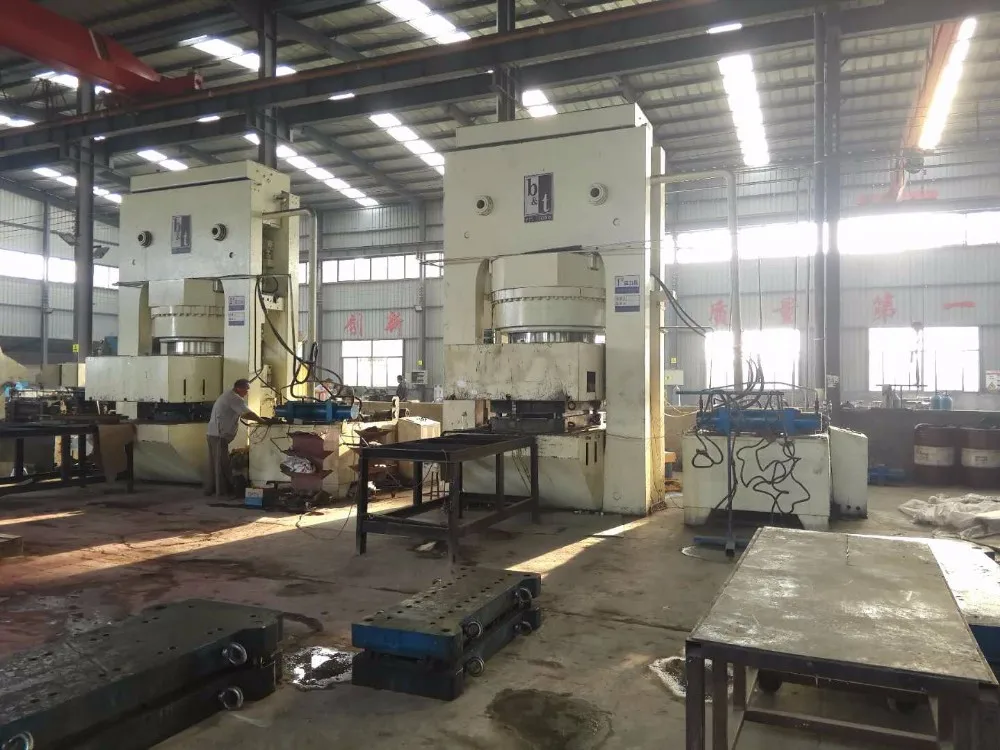
This is the 150ton cold presser to make heating platesHCool shell and tube water cooled condenser tubular heat exchanger listVAC OEM replacement plate and frame heat exchanger for heating system

Semi assembled heat exchangerHVCool shell and tube water cooled condenser tubular heat exchanger listAC OEM replacement plate and frame heat exchanger for heating system

1, plate selection plate type or ripple form should be based on the actual needs of the plate heat exchanger application. For the large flow allow pressure drop small situation, should choose the small resistance of the plate type, the opposite choice of large resistance plate type. Depending on the fluid pressure and temperature, determine whether you are able to choose a removable or brazing type.
It is not appropriate to select the plate area is too small when determining the plate type, so as not to have too many plates, the flow rate between the plates is too small, and the heat transfer coefficient is too low.
Cool shell and tube water cooled condenser tubular heat exchanger list
2, pressure down school core in Kangjinghui plate heat exchanger design selection, pressure drop is also a certain requirement, so it should be nuclear.
If the check-in nuclear pressure drop exceeds the allowed pressure drop, the design selection calculation needs to be re-calculated until the process requirements are met.HVAC OEM replacement plate and frame heat exchanger for heating system
3, process and runner selection Process refers to a set of parallel runners in the same flow direction of a medium in a heat exchanger, while a flow channel refers to a medium flow channel consisting of two adjacent plates in the current channel. In the process of plate heat exchanger selection, the process combination form should be calculated according to heat exchanger and fluid resistance, and be determined according to the requirements of the process conditions. Try to make the convection heat exchange coefficient in the cold and hot water runner equal or close, so as to obtain the best heat transfer effect.
Because the convective heat exchange coefficient is equal or close on both sides of the heat transfer surface, the heat transfer coefficient is obtained a larger value.
-
AH0608T-CA Centrifugal Server Power Supply for Cooling Oil Fan Grid Fan

-
Best price competitive price tube heat exchanger swimming pool water heat exchanger

-
Custom Refrigerator Heat Exchanger Display Case/Freezer Micro Channel Heat Exchanger

-
Double-wall copper tube coaxial heat exchanger

-
Standard 24*24" air to water heat exchanger for room heating

-
Stainless steel tube heat exchanger, industrial shell and tube heat exchanger

-
OD 12.7mm - 50mm Food/Beverage Plant Coaxial Tube Heat Exchanger

-
Copper tube aluminum fin condenser with fan

-
Stainless steel crystal cooler manufacturer cooling coil

-
VT10 Titanium Stainless Steel Plate Industry for Plate Heat Exchanger with Gasket


